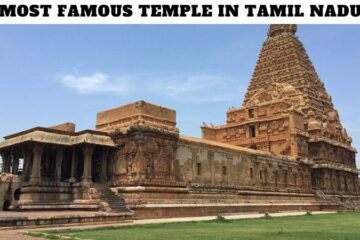
The Neelkanth Mahadev Temple in Rishikesh holds immense significance for Hindus, both on a mythological and historical level. Here’s a breakdown of its importance:
Mythological Significance
- Legend of Shiva and Halahala: According to Hindu mythology, the Neelkanth Temple stands at the very spot where Lord Shiva consumed the deadly poison ‘Halahala’ that emerged during the churning of the ocean (Samudra Manthan). This act saved the world from destruction, but it turned his throat blue, earning him the epithet ‘Neelkanth’ (meaning blue-throated).
- Manifestation of Shiva’s power and compassion: The temple symbolizes Shiva’s power to overcome evil and protect his devotees. It serves as a reminder of his sacrifice and the importance of enduring hardship.
- Significance of the blue throat: The blue color is often associated with purity and transformation, representing Shiva’s ability to turn poison into nectar.
Historical Significance
- Ancient Origins: The temple dates back to the 5th century BC and is believed to be one of the oldest Shiva temples in the region.
- Pilgrimage Site: Over the centuries, it has become a major pilgrimage destination for Hindus, attracting devotees from all over India and beyond.
- Architectural Beauty: The temple boasts a beautiful Dravidian architectural style, with intricate carvings and sculptures depicting scenes from Hindu mythology.
- Spiritual Atmosphere: The temple exudes a peaceful and serene atmosphere, attracting seekers of spiritual enlightenment and inner peace.
Some Other Significances
- The temple is located in a picturesque setting amidst the Himalayan foothills, further adding to its spiritual charm.
- Bathing in the holy springs near the temple is considered auspicious and believed to cleanse sins.
- Visitors often tie sacred threads on a large Peepal tree within the temple complex, wishing for fulfillment of their desires.
Neelkanth Mahadev Temple holds immense significance for Hindus as a symbol of Shiva’s power, compassion, and sacrifice. Its rich history, beautiful architecture, and spiritual atmosphere make it a must-visit for anyone interested in Hindu culture or seeking a peaceful retreat in the Himalayas.


